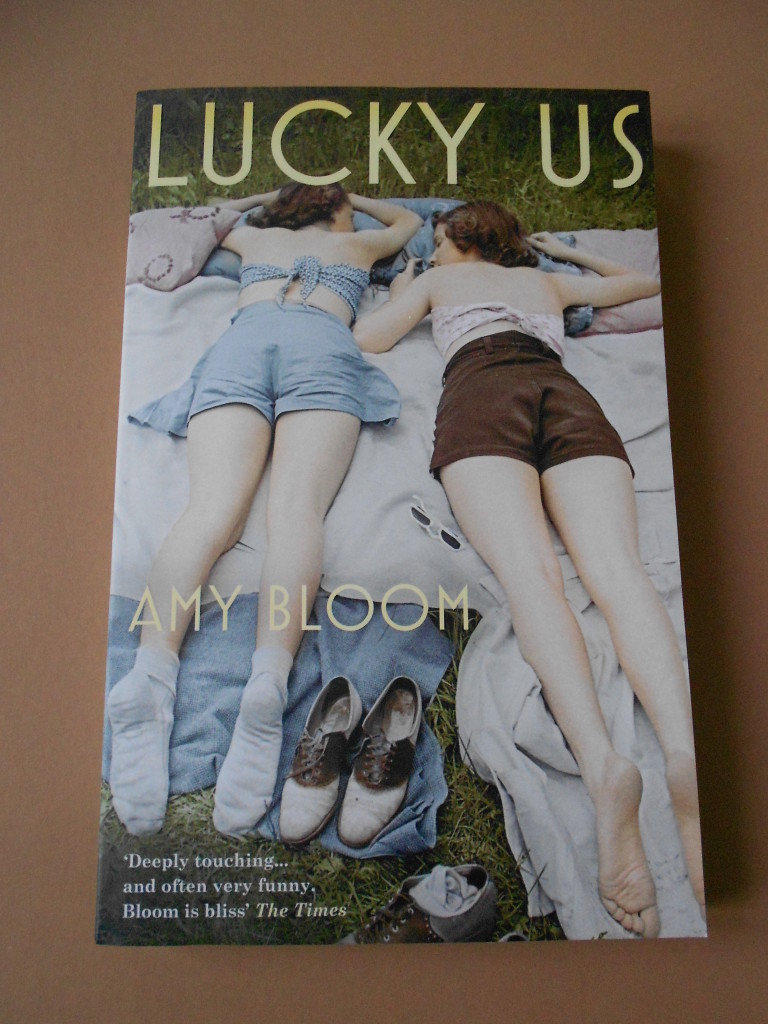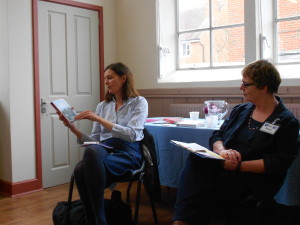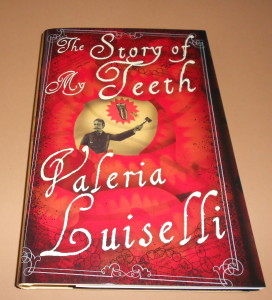Coastlines: The story of our shore is a portrait of the British coastline from the Giant’s Causeway to Land’s End.
Told through a series of walks beside the sea, this is the story of the most beautiful 742 miles of coastline in England, Wales and Northern Ireland – its rocks, plants and animal, its views, walks and history – and of us, the people of this island nation, shaped by our shore.
Barkham explores land that is protected by Enterprise Neptune, the National Trust’s maritime section which was launched in 1965 to protect our national coastlines. Scotland does not feature as it has its own National Trust but it would be great to know that a second volume will follow.
This is the perfect read if you are planning a break or a day out in the UK. However, if you are sofa bound you will still enjoy the vivid description and various anecdotes that Barkham recounts on his journey. I laughed at tales of the formidable Mrs Christie of Brownsea Island in Dorset and smiled at Norrie Dougan walking down the street with Elvis in Strangford Lough. His beautiful, tightly observed descriptions made me want to seek out new areas of coastline and revisit those of my childhood.
Each page is packed with tales of curious places, and curious characters. It’s not simply a book of walks but contains stories of the people and past that shaped our country, those times of war and peace that have left their marks upon this beautiful land. The chapters cover Art, Faith, Work and Childhood among many others; looking back to the past and forward to the future, and the steps that are being taken to preserve our shores.
I enjoyed discovering the history and heritage of each location as well as the author’s own experience of it and made many notes of places to check out and explore. There is plenty of information on relevant websites, nearest railway stations and OS map coordinates if you should care to visit yourself.
A book to dip in and out of whenever the fancy takes you.
















